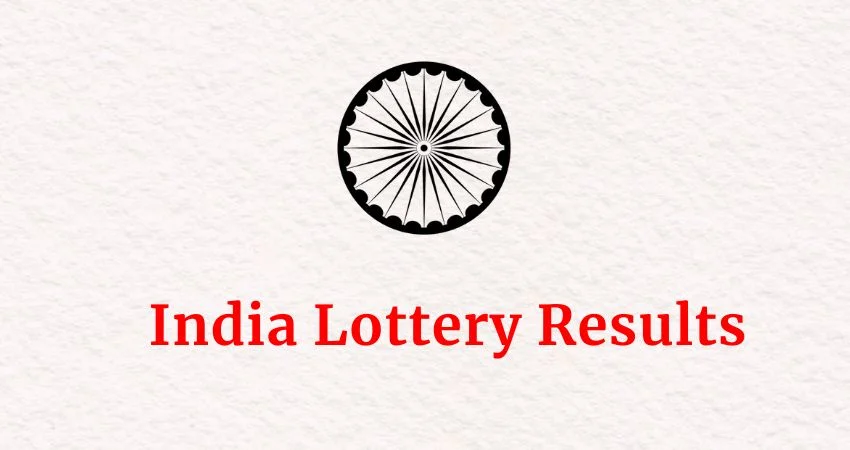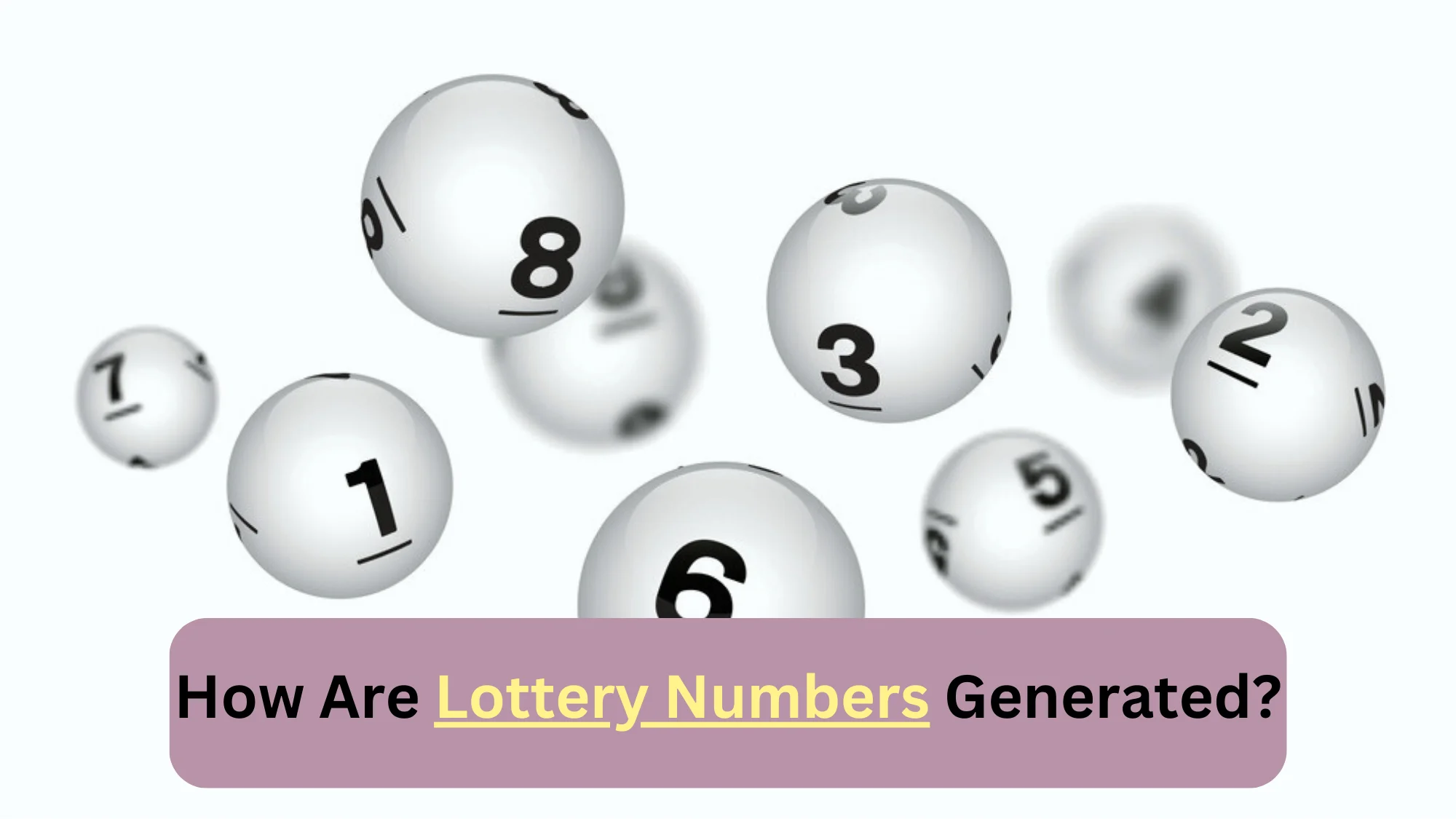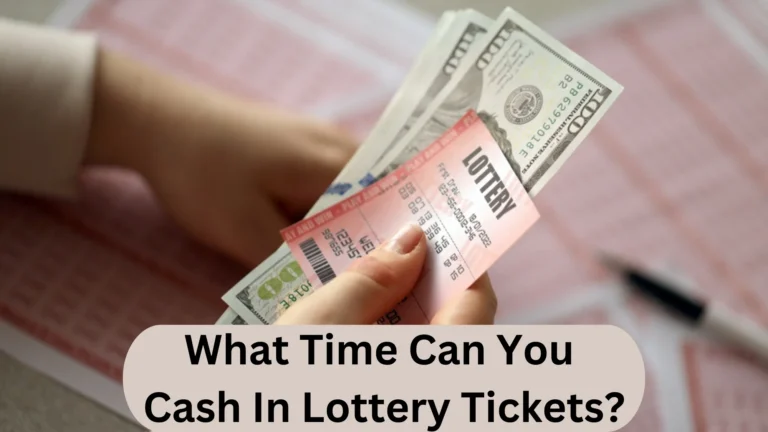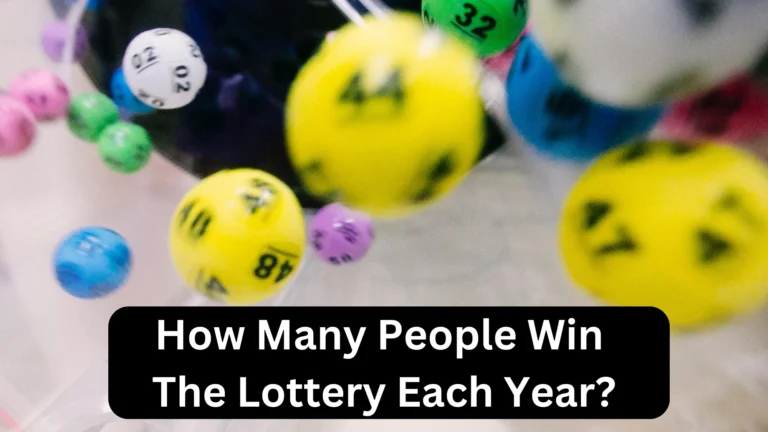How Are Lottery Numbers Generated? (Inside Information)
The question “How are lottery numbers generated?” can come to anyone’s mind because everyone wants to have the winning digits. However, you can’t predict them, and there is a good reason why.
Lottery numbers are generated randomly by computerized systems that use the Mersenne Twister, Linear Congruential Generator (LCG), and a few other algorithms. Some lotteries now also use Quantum and Blockchain to produce unique lottery numbers every time. Therefore, predicting a winning lottery number is out of the question.
Want to know which number generation system your favorite lottery uses and how it works? Then, keep reading. I am also discussing what future lottery number generation will look like!
How Are Lottery Numbers Generated? An Overview
Lottery numbers are randomly generated with the help of computerized systems that use different algorithms. No one can manipulate these systems or predict the next numbers. This ensures transparency and keeps the integrity of the game.
Let’s delve further.
Lottery Number Generation by Computerized Systems
People ask us- “Are lottery numbers computer generated,” and the answer is yes. Lottery organizations worldwide now use computerized systems for number generation. Such systems offer many benefits, such as:
- Improved efficiency
- Greater security
- Less likelihood of human error.
- Fair play.
Note that a key principle in generating lottery numbers is “randomness.” It ensures that every number has an equal chance of being drawn.
For example, when we talk about a mechanical lottery machine, the randomness comes from the physical action of the balls bouncing around inside.
However, in computerized systems, randomness is achieved through sophisticated algorithms.
Algorithms Used in Lottery Number Generation
Organizations also use different algorithms for number generation, like:
- The Mersenne Twister
- Linear Congruential Generator (LCG).
The Mersenne Twister, with a period of 2^19937−1, is famed for its high degree of randomness and speed. It’s impossible to predict the number.
On the other hand, the LCG is one of the oldest and best-known PRNGs (More on it later). It is favored for its simplicity and speed.
To ensure the fairness and integrity of the draw, lottery organizations use these and a few other algorithms. That’s not it. They also apply strict security measures and third-party auditing to validate the randomness and impartiality of their draws.
Now, let me tell you common lottery number generation techniques.
Common Techniques for Generating Lottery Numbers
Over the years, many techniques have been developed for generating lottery numbers; right now, organizations follow these:
Pseudo-Random Number Generators (PRNGs)
PRNGs are algorithms that use mathematical formulas to generate sequences of random numbers. Despite the “pseudo” prefix, the results are random for many applications, including lottery draws.
Why the term “pseudo”? Well, it’s because the generated numbers aren’t “truly” random. They’re determined by an initial value, or “seed.”
When given the same seed, a PRNG will always produce the same sequence of numbers. So, it may not seem random at all. Don’t worry. If you don’t know the seed, the numbers appear perfectly random. So, no 5 digit lottery winning formula will work here.
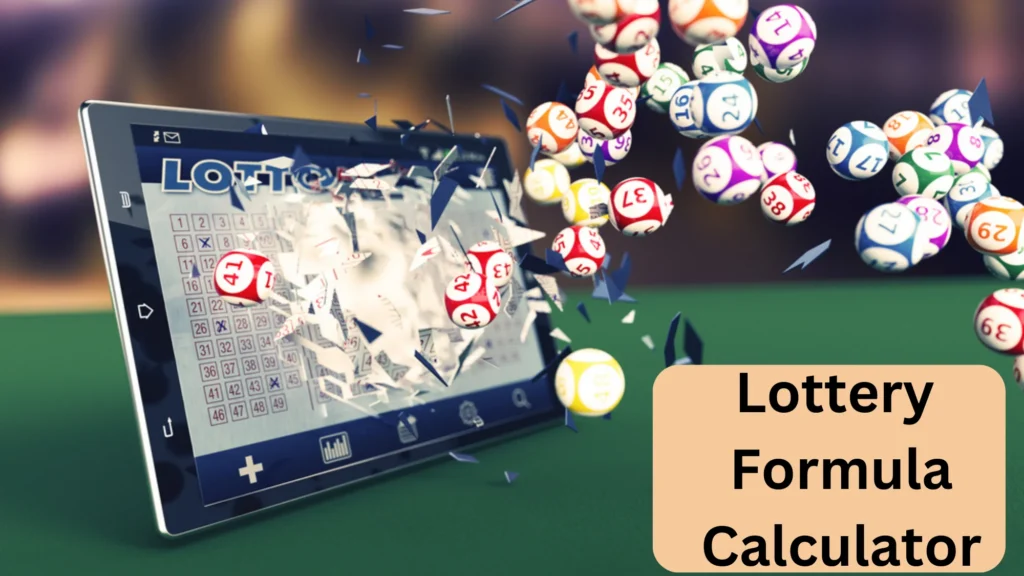
Hardware Random Number Generators (HRNGs)
Hardware random number generators (HRNGs), also known as true random number generators (TRNGs), are devices that generate random numbers from a physical process rather than a mathematical algorithm.
HRNG is 100 percent unpredictable. It exploits physical phenomena such as radioactive decay or atmospheric noise to generate lottery numbers.
For example, an HRNG might use an electronic circuit’s thermal noise or a radioactive source’s decay times to generate random digits.
Since these physical processes are not fixed, the resulting numbers are also truly random. That’s why there are no best lottery numbers to pick (everyone has a chance).
HRNGs vs. PRNGs
The main difference between HRNGs and pseudo-random number generators (PRNGs) is that HRNGs don’t use an algorithm. They don’t produce a sequence that can be reproduced by knowing a seed. So, each number is independent of the ones before it, which isn’t the case with PRNGs.
Cryptographically Secure Pseudo-Random Number Generators (CSPRNGs)
Cryptographically secure pseudo-random number generators (CSPRNGs) are more advanced than a typical PRNG. They have two main properties that set them apart from regular PRNGs.
- First, they’re “next-bit unpredictable.” It means if you know the first k bits of a random sequence, the k+1 bit is unpredictable and independent of the first k bits.
- Second, they’re “backtracking resistant.” It means it’s impossible to reconstruct earlier parts of the output sequence.
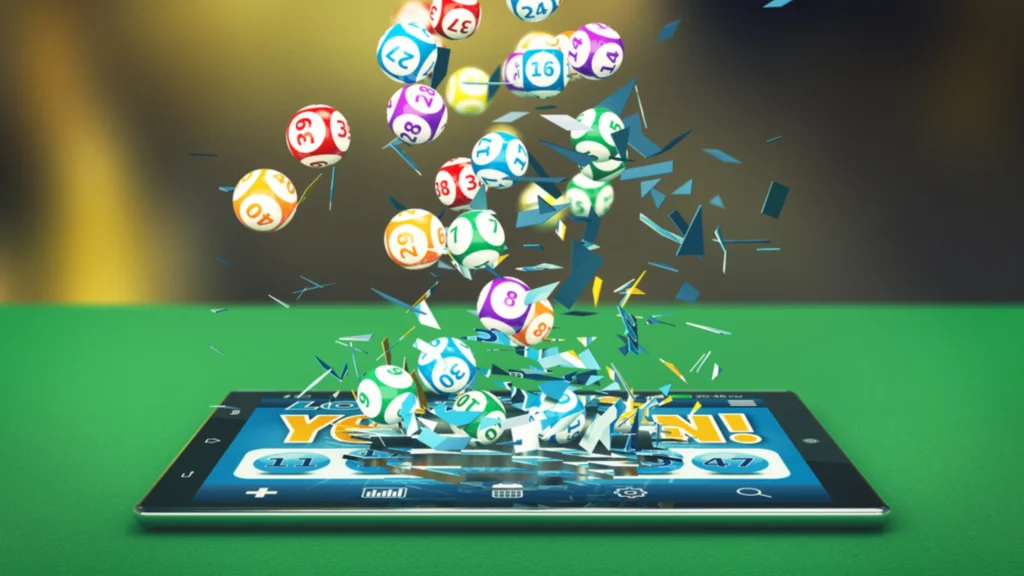
Here’s a comparison of the different methods for generating lottery numbers:
| Technique | Method of Generation | Predictability | Typical Use |
| HRNGs/TRNGs | Physical processes | Unpredictable | Lotteries, Cryptography |
| PRNGs | Mathematical algorithm | Predictable with seed | Lotteries, Simulations |
| CSPRNGs | Special mathematical algorithm | Unpredictable | Cryptography, High-security Applications, bigger lotteries |
Unique Lottery Number Generation Approaches and Technologies
There are two unique lottery number generation approaches that I like the most.
Quantum Lottery Systems
A quantum lottery system is one of my favorite approaches to lottery number generation. As the name suggests, it uses principles of quantum physics to generate random numbers.
For example, the Swiss lottery operator, Swisslos, has introduced a quantum lottery system that uses single photons to generate random numbers.
Blockchain-based Lotteries
Blockchain lotteries can be fully decentralized. All the number generation and prize distribution are managed transparently on the blockchain. A well-known example is the Ethereum-based lottery platform, PoolTogether.
Why are Lottery Numbers Randomly Generated?
Lottery numbers are randomly generated mainly to ensure transparency. It also brings an element of predictability, which attracts more people. Governments of many states have also made it mandatory for lottery organizations to generate a number randomly as well.
To Ensure Fairness and Transparency
The main reason for the random generation of lottery numbers is to guarantee fairness. Everyone who participates should have an equal opportunity to win, regardless of when they bought their ticket or what numbers they chose.
Randomness ensures this by making it impossible for anyone to predict which numbers will be drawn. There’s no pattern or sequence to figure out. No one can use any high-tech gadgetry that can guess the winning numbers in advance.
As a result, the lottery remains a game of chance.
For an Element of Unpredictability
Randomness introduces an element of unpredictability that adds thrill and excitement to the game. Let’s face it- having fun is a part of the lottery.
The suspense of not knowing what will come next is enjoyable. Without randomness, this fun would be lost.
To Avoid Repetition
Randomness also ensures variety. It prevents the same numbers from being drawn over and over again, which would make the game dull and unfair. By drawing numbers randomly, every draw is unique and independent from the last.
In addition, repetition of the same numbers will lessen the public trust in the game. So, people won’t buy tickets, and the organizations will then ultimately have to shut down all the programs/games.
Compliance with Rules and Regulations
In many jurisdictions, the law requires lottery numbers to be randomly generated. It protects players and maintains the integrity of the game.
Moreover, organizations have to demonstrate that their number-generation process is truly random and free from interference or manipulation. It often involves third-party auditing.
Furthermore, government officials also oversee the whole process. If any violation is found, the organizations/culprits are charged with hefty fines or prison sentences.
To Maintain Statistical Integrity (Equal Opportunity for All)
With randomness, each number combination has the same statistical probability of being drawn. For example, in a Simple 6/49 lottery, every player chooses six numbers from 1 to 49. So, there are approximately 14 million possible combinations. Each of these has an equal chance of winning – about one in 14 million. So, note that there is no exact 6 digit winning formula.
But want to know what are the 6 most common winning lottery numbers? Well, these are 1, 26, 18, 10, 10, 2, but there is no guarantee that they will be included in the next winning lottery.
Also Read: When Was 444 Digits Came Out Last Time in a Lottery?
Now, check out the table:
| Lottery Type | Number of Combinations | Odds of Winning |
| 6/49 | 13,983,816 | 1 in 13,983,816 |
| Powerball (5/69 + 1/26) | 292,201,338 | 1 in 292,201,338 |
| Mega Millions (5/70 + 1/25) | 302,575,350 | 1 in 302,575,350 |
In each of these popular lotteries, everyone has the same chance of winning the jackpot. So, no matter what numbers you choose, your odds remain the same.
Now you know why random generation is important for lotteries. It’s now time to look at some examples to give you more in-depth insight.
Popular Lotteries and Their Number Generation Systems
Bigger lotteries are the hardest to predict. It’s understandable, too, because millions of people play them, so the number generation has to be random. Here are the details of Powerball, EuroMillions, and Lotto 6/49.
Powerball (United States)
One of the most popular lotteries in the United States, Powerball uses two separate drums to draw numbers.
The first drum contains 69 white balls numbered 1 through 69, while the second drum houses 26 red balls, each designated with a number from 1 to 26.
The lottery machine draws five balls from the first drum and one from the second drum (the Powerball).
In my opinion, this physical draw system is completely random, which makes it impossible to predict the outcome.
Also Read: Is Powerball Rigged or Fair?
EuroMillions (Europe)
EuroMillions is a transnational lottery available in various European countries. It has a similar mechanical drawing system to Powerball. However, it draws five main numbers from a drum of 50 and two additional numbers (Lucky Stars) from another drum of 12.
The EuroMillions draw takes place in Paris twice a week. It is overseen by independent adjudicators.
Lotto 6/49 (Canada)
The Canadian Lotto 6/49 was one of the first lotteries in Canada to let players choose their numbers. Initially, the draws were conducted using physical lottery machines, but they’ve now transitioned to an RNG (Random Number Generator) system.
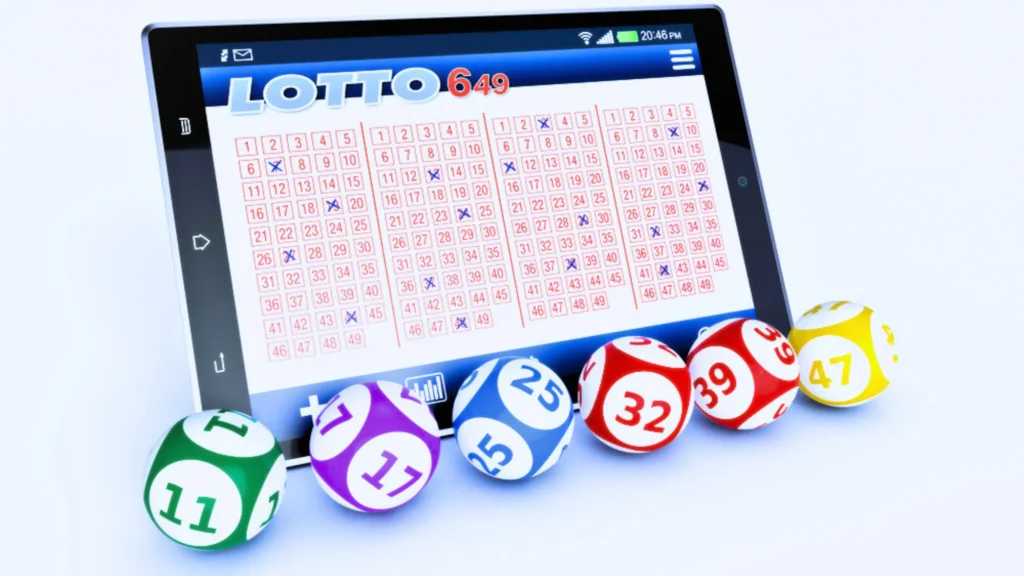
The Lotto RNG system uses a certified algorithm to select six numbers and then a bonus number. As I discussed above, the seed for the RNG algorithm is derived from unpredictable data, such as atmospheric noise, to ensure true randomness.
Here’s a comparison table on lottery number generation for the three popular lotteries mentioned:
| Lottery | Method of Generation | Number of Main Balls | Additional Balls |
| Powerball (US) | Mechanical Drawing | 5/69 | 1/26 |
| EuroMillions (Europe) | Mechanical Drawing | 5/50 | 2/12 |
| Lotto 6/49 (Canada) | RNG System | 6/49 | One bonus number |
Future Trends and Innovations on Lottery Number Generation
We’re now developing ever more sophisticated methods for generating random numbers. Companies are including the latest technologies to make the lottery number generation impossible to crack.
Quantum Random Number Generators (QRNGs)
Quantum Random Number Generators (QRNGs) use quantum phenomena, such as the behavior of photons or atoms, to generate truly random numbers. Some lottery organizations have already started experimenting with QRNGs.
For example, the Swiss lottery, as mentioned earlier, uses single photons to generate its numbers. As QRNG technology becomes more accessible and affordable, we might see more lotteries adopting it.
Cryptographically Secure RNGs
In addition to QRNGs, there’s growing interest in cryptographically secure RNGs. These algorithms produce number sequences that are statistically random and impossible to guess. As concerns about lottery security grow, more lotteries might start using these RNGs to generate their numbers.
Blockchain and Decentralized Lotteries
In my opinion, Blockchain technology, best known for powering cryptocurrencies like Bitcoin and Ethereum, has much to offer the lottery industry. Here’s what they offer:
Transparency
With a blockchain-based lottery, every transaction is recorded on a public ledger. This means that anyone can verify the fairness of the draw and the distribution of prizes. This level of transparency could help boost public trust in lotteries.
Security
Blockchain lotteries are secure against fraud and manipulation. How? Well, the blockchain ledger is unchangeable. It means the past transactions can’t be altered or deleted. Plus, it’s hard to defeat the security system of blockchains. That’s why every “Lottery formula calculator” or “lottery probability calculator” will fail here.
Decentralization
In a decentralized lottery, there’s no need for a central authority to manage the game. So, how does such a lottery work? Well, the rules are coded into a smart contract, which automatically handles number generation and prize distribution. So, it lowers the costs of running a lottery and makes the game even fairer.

Integration with Artificial Intelligence
While artificial intelligence might not be suitable for generating numbers, it could still play a significant role in the future of lotteries.
Fraud Detection
AI could be used to monitor patterns of play and identify suspicious activity. It will help prevent fraud and ensure fair play. I also suggest training Machine learning algorithms to detect anomalies in ticket purchases or winnings. So, investigations and auditing can get easier if organizations use AI.
Personalized Marketing
I believe AI can also help lotteries attract and retain players through personalized marketing. By analyzing player behavior, AI can identify trends and preferences, enabling lotteries to plan their promotions smartly.
No matter what, the future of lottery number generation looks exciting. With advancements in random number generation, the use of blockchain, and the integration of artificial intelligence, we may see a significant shift in how lottery games are run.
Final Words
In a nutshell, lottery numbers are generated randomly with the help of techniques like PRNG, HRNG, and CSPRNG. However, organizations are also developing new technologies that involve blockchain for generating lottery numbers. We may see lotteries shifting from one system to another in a few years.
